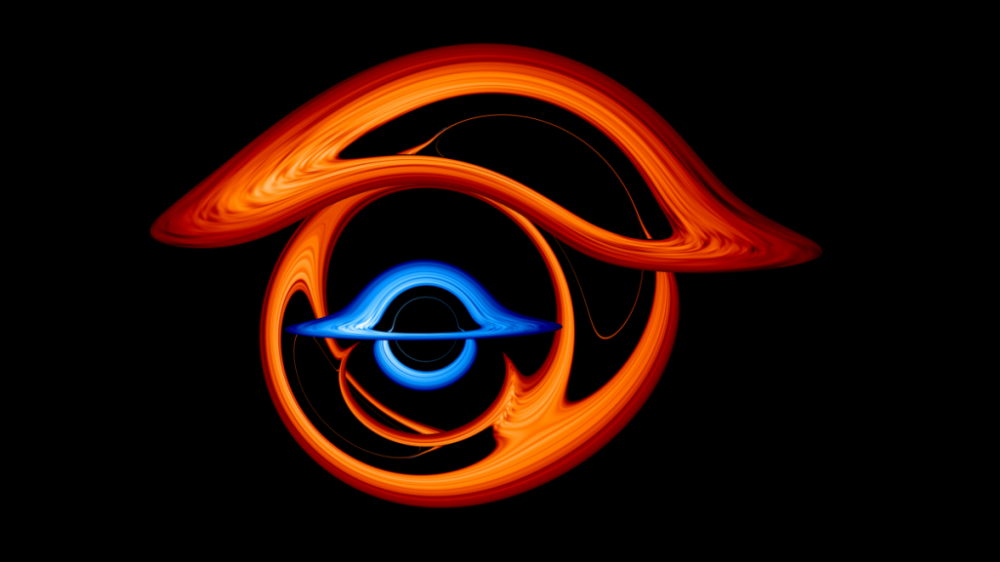10 new gravitational waves found in LIGO-Virgo’s O3a data - The finding hints at exotic black hole behaviors

Space.com
NEWS RELEASE 7-APR-2022
AMERICAN PHYSICAL SOCIETY
In the last seven years, scientists at the LIGO-Virgo Collaboration (LVC) have detected 90 gravitational waves signals. Gravitational waves are perturbations in the fabric of spacetime that race outwards from cataclysmic events like the merger of binary black holes (BBH). In observations from the first half of the most recent experimental run, which continued for six months in 2019, the collaboration reported signals from 44 BBH events.
But outliers were hiding in the data. Expanding the search, an international group of astrophysicists re-examined the data and found 10 additional black hole mergers, all outside the detection threshold of the LVC’s original analysis. The new mergers hint at exotic astrophysical scenarios that, for now, are only possible to study using gravitational wave astronomy.
“With gravitational waves, we’re now starting to observe the wide variety of black holes that have merged over the last few billion years,” says Physicist Seth Olsen, a Ph.D. candidate at Princeton University who led the new analysis. Every observation contributes to our understanding of how black holes form and evolve, he says, and the key to recognizing them is to find efficient ways to separate the signals from the noise.
See full article